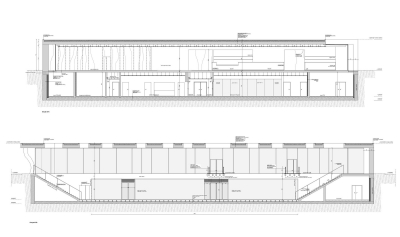Museum Jean Cocteau Collection Severin Wunderman
The site strengthens the relationship between the towns centre and its seafront. Deciding to build on this site against all odds, over the underground parking garage and opposite the nineteenth-century market, required that we opt for the easiest solution to a certain extent, demonstrating more than the usual obedience to dictates.
A parvis and a garden is created. The museums roof paints an allegorical picture, its lines visible by day as well as by night. The full romantic idealism of the building must be appreciated; it is where it is because it could not possibly be anywhere else, it has found its proper place in an environmental perspective. The museum accepts its own image, its transparency rouses the viewers curiosity, drawing in through what it reveals. It was needed to create an atmosphere conveying the full force of the diametrical oppositions between light and dark, this play of shadows thus provoking the emotion inspiring us to see, believe, think and dream, in the words of Henri Alekan, cinematographer for La Belle et la Bete.
The poetic vision of Cocteau often juxtaposed light and dark in his films, with surfaces and depths set against each other, fully conscious of the psychological role of light and shadow for feeling and knowledge. White concrete form deep indentations, rough. These openings bring the natural light in the building, filtered by the tinted glass. Realm of dreams and mystery, starkness of contrasts and interweaving of shadows ultimately reflect the contradictions in Cocteaus life and work.

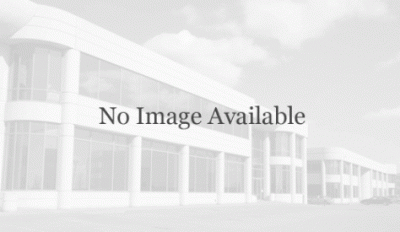
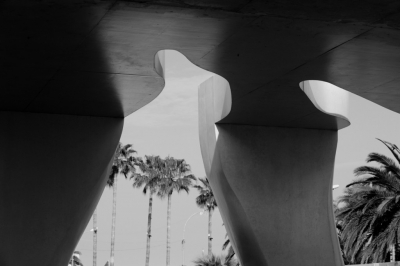
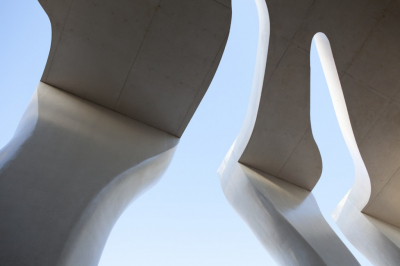
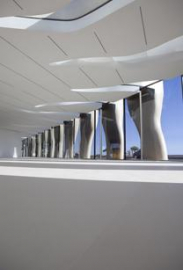
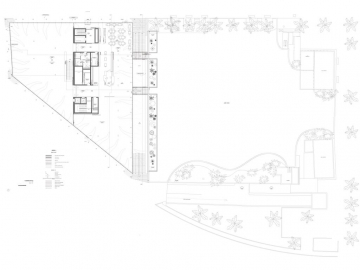
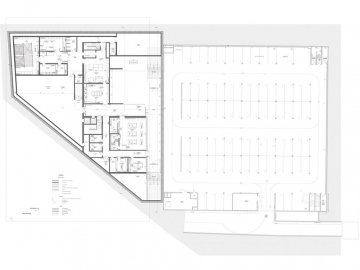
.jpg)
.jpg)
.jpg)
